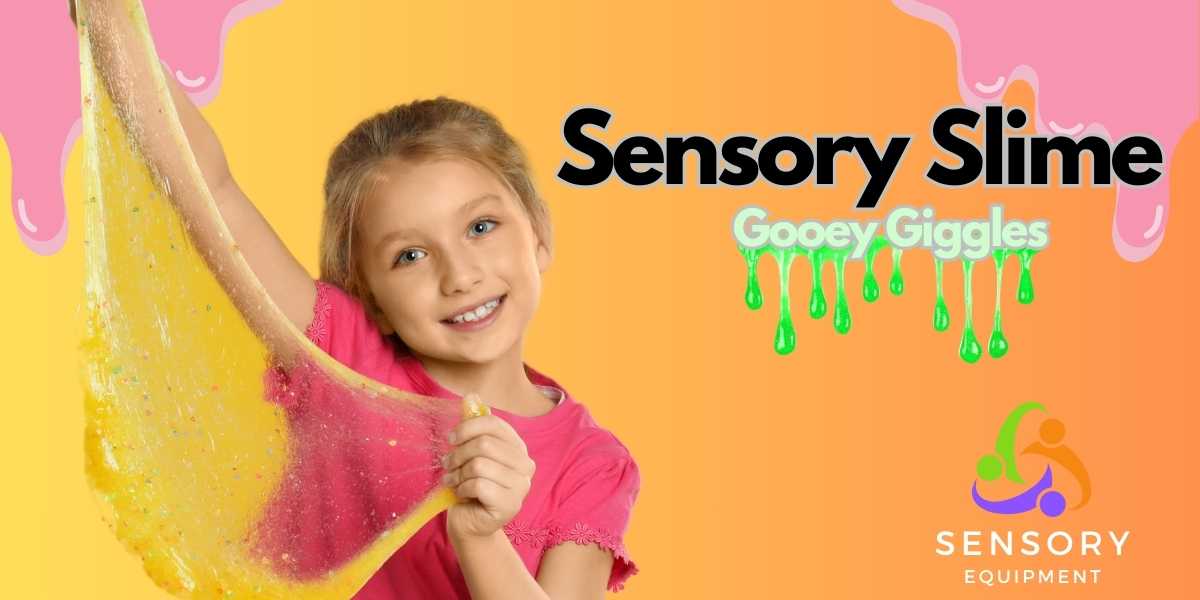Sensory toys play a crucial role in the development and well-being of children with special needs and autism. These toys provide unique tactile and visual experiences that can be both soothing and stimulating. Among the various sensory toys available, one option that stands out for its affordability and versatility is slime.
Slime: A Budget-Friendly Sensory Toy:
Slime, is gaining popularity as an inexpensive sensory toy that can benefit children with special needs and autism. While it’s important to remember that not all children may respond the same way to slime, it’s a sensory tool worth considering due to its unique characteristics.
Sensory Stimulation:
Slime offers a range of sensory experiences. Its squishy texture and vibrant colours engage a child’s senses, providing tactile and visual stimulation. The sensory input from manipulating slime can be soothing or enjoyable for many children.
Tactile Sensory Input:
Children with autism often have sensory sensitivities, which means they may respond differently to various textures. Some may find the tactile experience of slime soothing, while others may need time to adjust to it. The malleable nature of slime allows for customisation, making it easier to cater to individual preferences.
Calming Effect:
One of the key advantages of slime is its potential to serve as a calming or fidget tool. Squeezing and moulding slime can help children self-regulate and manage anxiety or sensory overload. This repetitive activity can have a calming effect on some children.
Engagement and Creativity:
Slime is not only a sensory tool but also a source of engagement and creativity. Children can use their imagination to mould, shape, and explore this unique material. It encourages imaginative play and can be an enjoyable activity for children with special needs.
Supervision and Safety:
It’s crucial to supervise children while they’re playing with slime, especially if it’s homemade. Some recipes may contain ingredients that are not safe to ingest, so safety precautions are essential.
Individual Preferences:
Remember that every child is unique, and what works for one may not work for another. Pay attention to your child’s specific sensory needs and sensitivities when introducing slime as a sensory toy. Observe their reactions and adjust accordingly.
Conclusion:
Slime can be a cost-effective and versatile sensory toy for children with special needs and autism. By offering sensory stimulation, a calming effect, and room for creativity, it has the potential to be a valuable addition to a child’s sensory toolkit. However, it’s important to introduce it with care, considering individual preferences and sensitivities. Consultation with professionals who work with children with special needs can also provide valuable guidance on using slime effectively as a sensory toy.










